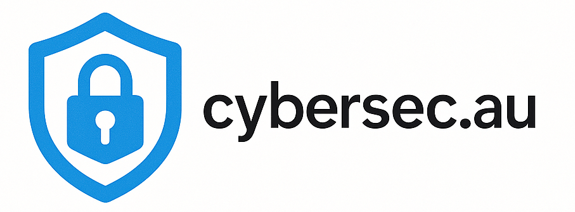Data Loss Prevention (DLP) is a cybersecurity strategy that detects potential data breaches and prevents unauthorized transmission of sensitive information outside the corporate network. For Australian businesses, DLP is essential for protecting customer data, intellectual property, and ensuring compliance with the Privacy Act 1988.
🛡️ Key DLP Benefits
- Prevents unauthorized data transmission and exposure
- Ensures compliance with Australian privacy regulations
- Protects intellectual property and trade secrets
- Provides visibility into data usage and movement
How Data Loss Prevention Works
DLP solutions operate through multiple detection and prevention mechanisms:
1. Data Discovery and Classification
Identify and categorize sensitive data across the organization:
- Content inspection: Scan files and databases for sensitive information
- Pattern matching: Identify credit card numbers, tax file numbers, and personal data
- Contextual analysis: Understand data based on location and usage
- Automated tagging: Apply classification labels to discovered data
2. Policy Creation and Enforcement
Define rules for how sensitive data can be used:
- Data handling policies: Rules for different data types and classifications
- User-based policies: Different rules for different user roles
- Contextual policies: Rules based on time, location, and device
- Compliance templates: Pre-built policies for regulatory requirements
3. Real-Time Monitoring
Continuous monitoring of data in motion:
- Email monitoring: Scan outbound emails for sensitive data
- Web traffic analysis: Monitor uploads to cloud services and websites
- File transfer monitoring: Track file sharing and USB usage
- Application monitoring: Monitor data usage within applications
4. Incident Response and Remediation
Respond to policy violations and potential data breaches:
- Automated blocking: Prevent unauthorized data transmission
- User notification: Alert users to policy violations
- Incident logging: Record all DLP events for investigation
- Quarantine actions: Isolate suspicious files and communications
Types of DLP Solutions
Network DLP
Focus: Data in motion across network boundaries
Capabilities:
- Monitor email, web traffic, and file transfers
- Inspect encrypted communications
- Block unauthorized data transmission
- Integration with network security devices
Best for: Organizations with centralized network infrastructure
Endpoint DLP
Focus: Data at rest and in use on endpoints
Capabilities:
- Monitor file operations and USB usage
- Control printing and screen capture
- Encrypt sensitive files automatically
- Monitor application data usage
Best for: Organizations with mobile workforces and remote workers
Cloud DLP
Focus: Data stored and processed in cloud services
Capabilities:
- Monitor cloud storage and collaboration platforms
- Control data sharing and permissions
- Integrate with cloud access security brokers (CASB)
- Protect data in SaaS applications
Best for: Cloud-first organizations using multiple SaaS platforms
DLP Implementation for Australian Businesses
Privacy Act 1988 Compliance
DLP helps Australian businesses meet Privacy Act requirements:
- Personal information protection: Prevent unauthorized disclosure
- Data breach prevention: Reduce risk of notifiable data breaches
- Access controls: Ensure only authorized personnel access personal data
- Audit trails: Maintain records of data access and usage
Industry-Specific DLP Requirements
Healthcare
- Patient health information protection
- Medical record access controls
- Research data protection
- Telehealth communication security
Financial Services
- Customer financial data protection
- Payment card information security
- Trading information confidentiality
- Regulatory reporting data protection
Legal Services
- Client confidentiality protection
- Attorney-client privilege preservation
- Case file security
- Document review process protection
DLP Best Practices
Data Classification Strategy
- Sensitivity levels: Public, internal, confidential, restricted
- Automated classification: Use machine learning for content analysis
- User-driven classification: Enable users to classify their own data
- Regular review: Periodic classification validation and updates
Policy Development
- Start simple: Begin with basic policies and expand gradually
- Business alignment: Ensure policies support business objectives
- User education: Train users on DLP policies and procedures
- Regular updates: Keep policies current with business changes
Incident Management
- Graduated response: Different actions for different violation types
- User education: Help users understand and avoid violations
- Investigation procedures: Systematic approach to DLP incidents
- Continuous improvement: Use incidents to refine policies
Working with DLP Implementation Partners
Many Australian businesses partner with experienced cybersecurity MSPs for DLP implementation. Leading providers like Affinity MSP offer comprehensive DLP services including:
- Data discovery and classification services
- DLP policy development and implementation
- Integration with existing security infrastructure
- User training and awareness programs
- Ongoing monitoring and policy optimization
Implement Professional DLP Solutions
Effective data loss prevention requires expertise in data classification, policy development, and user education. Partner with Australia's cybersecurity specialists for comprehensive DLP implementation.
Get DLP Implementation Support